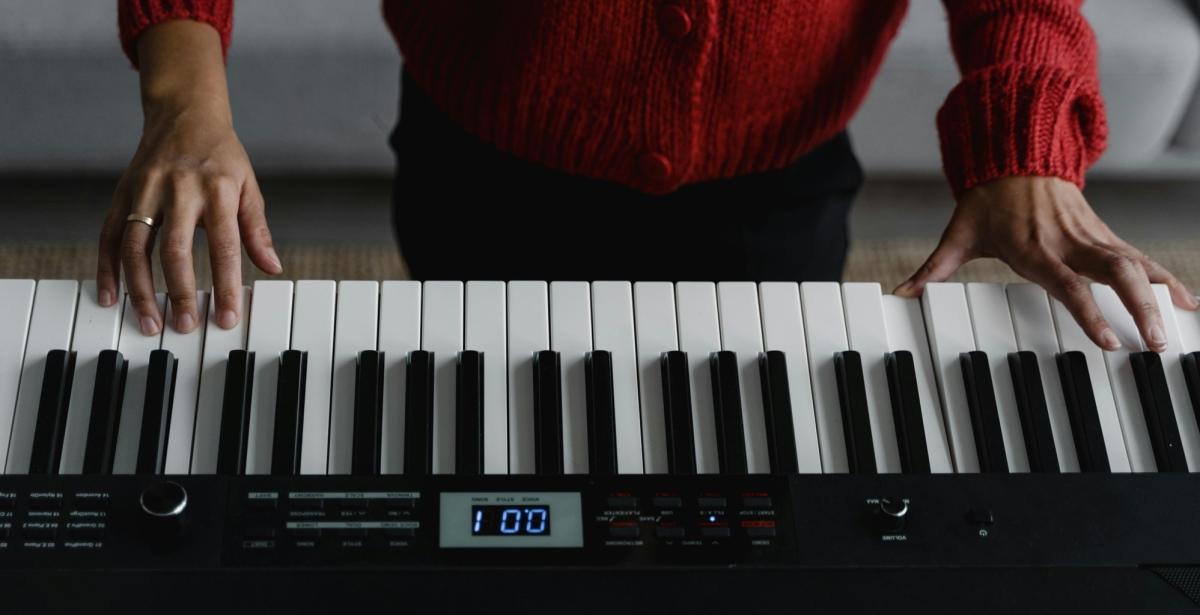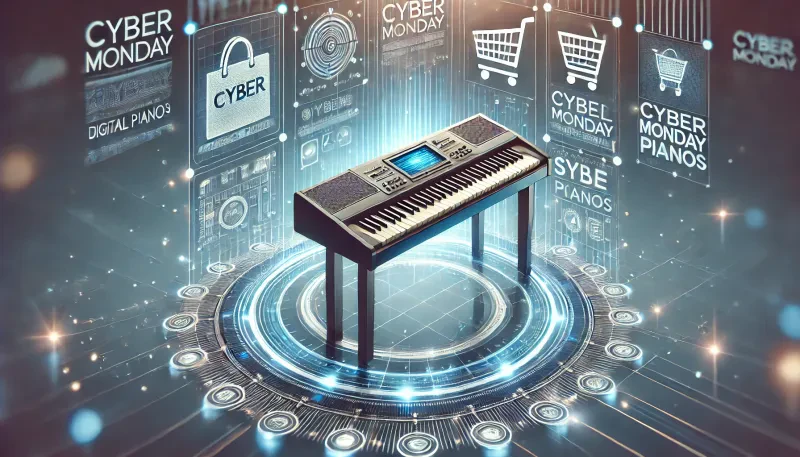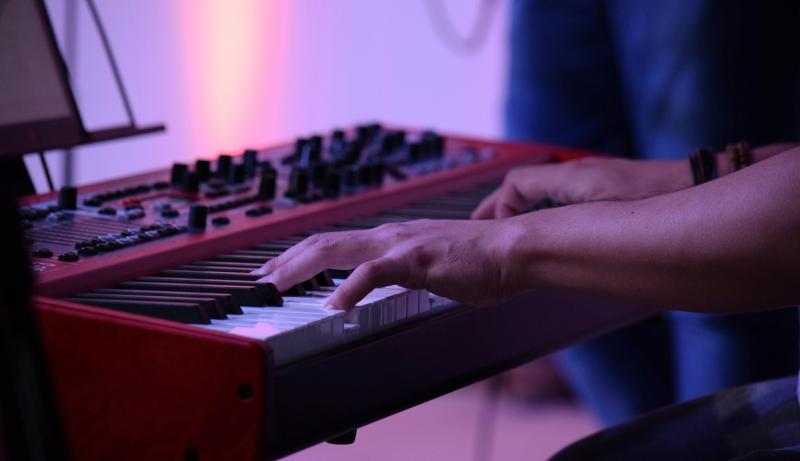Learning the piano can be a rewarding experience, and with a digital piano, you have access to modern tools that can help you accelerate your progress. From built-in features to interactive apps, digital pianos offer unique advantages that make the learning process more efficient. In this guide, we’ll explore how to make the most of your digital piano and learn faster.
1. Take Advantage of Built-In Learning Tools
Many digital pianos come equipped with learning features that can help you develop your skills more efficiently. These tools are designed to guide you through practice and track your progress, helping you stay on track as you learn.
Metronome for Timing
Using a built-in metronome can significantly improve your sense of timing and rhythm, which are essential skills for any pianist. Practicing scales, chords, or songs with a metronome helps you stay in time and develop steady rhythm. Start slow and gradually increase the tempo as you become more comfortable with the piece.
Recording Function for Self-Assessment
The recording feature on your digital piano allows you to listen back to your practice sessions, helping you identify areas where you need improvement. By recording and reviewing your playing, you can pinpoint mistakes, work on them, and track your progress over time. This self-assessment tool can fast-track your learning by making you more aware of your performance.
2. Use Interactive Piano Learning Apps
Many digital pianos are compatible with learning apps that provide structured lessons and feedback as you play. These apps can make learning more engaging and provide real-time guidance on your progress.
Popular Piano Learning Apps
Apps like Simply Piano, Flowkey, and Yousician offer step-by-step lessons for beginners and advanced players alike. These apps connect to your digital piano via MIDI or USB, allowing them to track your playing and provide instant feedback. The interactive nature of these apps can make learning faster by keeping you motivated and offering corrections as you practice.
Structured Practice Plans
Many apps offer personalized practice plans tailored to your skill level and goals. By following these structured lessons, you can avoid wasting time on random practice and focus on the areas where you need the most improvement. Regular use of these apps can streamline your learning process and help you progress more quickly.
3. Practice with Headphones for Better Focus
One of the great advantages of digital pianos is the ability to practice with headphones. Using headphones allows you to focus more on your playing, free from distractions or outside noise.
Improved Sound Clarity
Headphones provide clearer sound quality, allowing you to hear every note and dynamic detail more precisely. This helps you recognize mistakes you might not notice otherwise and allows you to correct them more quickly. Practicing with headphones also helps you focus more on technique, expression, and timing, leading to faster improvement.
Practice Anytime
With headphones, you can practice at any time without worrying about disturbing others. This flexibility allows you to fit more practice sessions into your schedule, accelerating your learning process by increasing the amount of time you spend at the piano.
4. Break Down Pieces into Smaller Sections
When learning a new piece, breaking it down into smaller sections can help you master it more quickly. Digital pianos make this easier by allowing you to loop sections or practice with accompaniment features.
Focus on One Section at a Time
Instead of trying to learn an entire song at once, focus on small sections, such as a few measures or a single phrase. Repeat these sections until you can play them comfortably before moving on. This method helps you learn the piece more efficiently and build muscle memory.
Looping Features
Some digital pianos come with looping functions that allow you to repeat specific sections of a song continuously. This can be especially useful when practicing tricky parts, as it allows you to focus on them without constantly stopping and restarting the piece.
5. Incorporate Sight-Reading into Your Practice
Sight-reading is a valuable skill that helps you learn new pieces faster. The more you practice sight-reading, the easier it becomes to pick up unfamiliar music and play it accurately on the first try.
Start with Easy Pieces
Begin by sight-reading simple pieces to get comfortable with reading music quickly. Gradually increase the difficulty as your skills improve. The goal is to develop your ability to read and play music at the same time, without stopping to analyze each note.
Use the Built-In Sheet Music Display
Some digital pianos offer the ability to display digital sheet music on a built-in screen or connect to apps that show the music on your tablet. This feature allows you to practice sight-reading more easily and switch between pieces without needing physical sheet music, speeding up your learning process.
6. Set Clear Practice Goals
Setting specific goals for each practice session helps you stay focused and make measurable progress. Without clear goals, it’s easy to spend time practicing without improving effectively.
Daily Goals
Set small, achievable goals for each practice session. For example, you could aim to master a new scale, play a difficult section of a song without mistakes, or increase your speed on a particular exercise. By focusing on one goal at a time, you’ll be able to see your progress more clearly.
Track Your Progress
Keep a practice journal or use an app to track your progress over time. This can help you stay motivated and see how far you’ve come, making it easier to stay consistent with your practice. Recording your accomplishments also allows you to set new goals that push you further.
7. Practice Consistently with Shorter, Focused Sessions
Consistency is key to learning piano faster. Instead of long, infrequent practice sessions, aim for shorter, more focused sessions on a regular basis. This approach helps reinforce muscle memory and keeps you progressing steadily.
20-30 Minute Sessions
Practicing for 20-30 minutes each day can be more effective than practicing for longer periods once a week. Focus on specific skills or sections during each session, ensuring that every minute is productive and goal-oriented. Regular, focused practice helps you build momentum and learn faster.
Warm-Up and Cool-Down
Start each session with a warm-up, such as scales or arpeggios, to get your fingers moving and improve your dexterity. At the end of each session, cool down by playing something familiar or relaxing to keep your practice enjoyable and end on a positive note. This structured approach keeps your practice sessions efficient and effective.
Final Thoughts on Learning Piano Faster with a Digital Piano
By leveraging the features of your digital piano, using interactive apps, and setting clear practice goals, you can significantly speed up your piano learning process. Consistency, focused practice, and self-assessment tools are key to making steady progress. With these strategies, you'll be able to master new techniques and pieces in less time, all while enjoying the learning journey.



